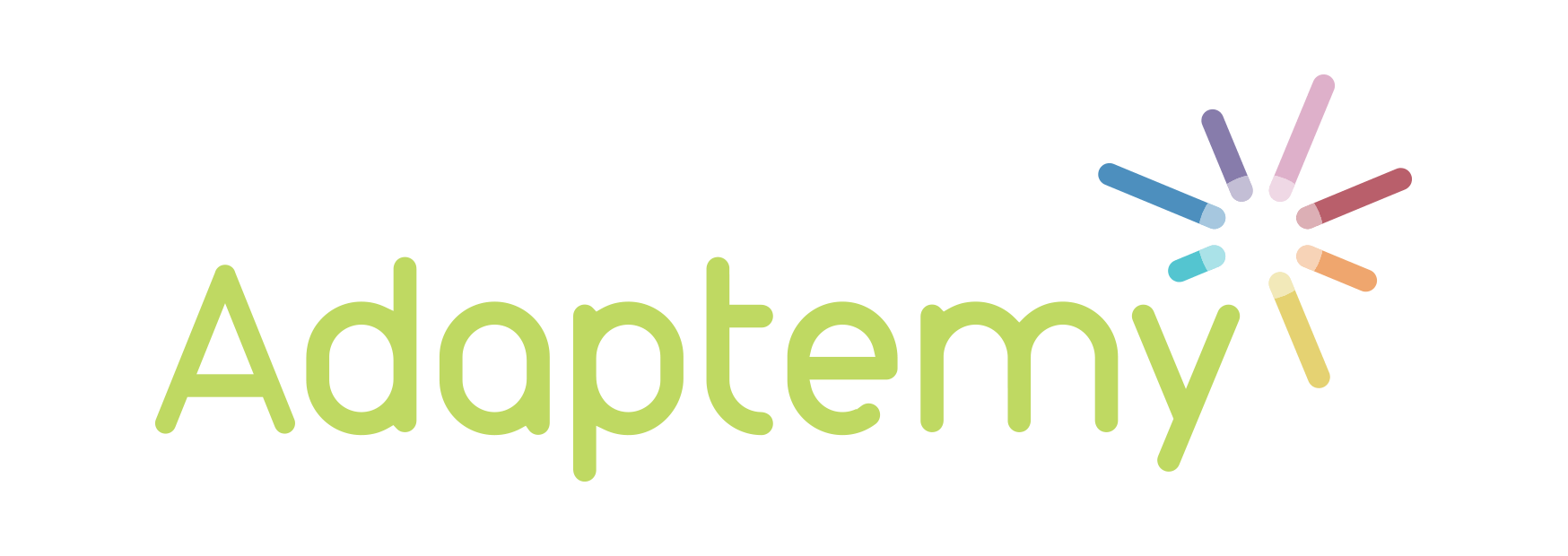In my post about technology in Irish classrooms, I mentioned that some teachers consider social media to be an essential teaching resource. Social media platforms such as Facebook and Twitter allow teachers to share information with students, parents, and each other and facilitate quick and easy communication. Whether you’re new to social media or interested in improving your online experience, the tips below can help you and your class to get the most from social media.
1. Make a Facebook group
Encouraging students to join a class Facebook group will allow teachers to provide each member with the same information. Students can ask questions outside of class time and get to know each other as a class. Personalise your group and use the appropriate privacy settings. Students don’t need to send friend requests to teachers in order to be added to the group – giving each member of your class a link to the group will enable them to request to join.
2. Set up a class Twitter account
Social media platforms such as Twitter provide teachers with an opportunity to share progress with students, parents, and other teachers. Seeing their progress displayed on a Twitter feed can involve students in their learning and create a sense of pride and accomplishment.
3. Start a professional account
Teachers can also use social media to share their own views and connect with others online. Many educators use Twitter to find and share ideas, and posting material that interests you can lead to the formation of new and interesting connections. Remember that posts made on a professional account should only relate to education or similar areas of interest; including personal posts can discourage others from connecting with you.
4. Make personal accounts private
Separating personal and professional accounts enables teachers to retain their privacy, but this can only be fully achieved with the appropriate privacy settings. Twitter accounts can be set to ‘private’, meaning that only those who are approved to follow the account can see its posts, and Facebook profiles can be made almost completely inaccessible to everybody but your friends. Remember that it’s better to be safe than sorry!
5. Post, retweet, like, and favourite
Staying active on social media allows teachers and their students to make the most of their experience. Retweeting posts on Twitter causes them to appear on your profile, while liked and favourited posts are not shared with your followers. These features are useful for connecting with others and supporting what they have to say.
6. Use hashtags
Clicking on hashtags allows users to view all posts that relate to a certain topic. Posts including hashtags tend to reach a wider range of people, and Twitter compiles a list of the most-used hashtags at any given moment. Teachthought’s list of Twitter hashtags for education is a great place to start, but try not to use too many!
7. Chat
Some Twitter hashtags are used by educators at a particular time every week to discuss a set of questions about a specific topic. One such hashtag is #edchatie, which is used by educators in Ireland every Monday evening to share ideas and information. Participation in real-time exchanges with others allows teachers to make the most of social media.
8. Connect with others
Responding to others on social media is a great way to get involved in discussions and share ideas with people who are interested in education. Social media connects people from all over the world, and these interactions can lead to interesting connections.
9. Follow carefully
Teachers should be weary of following social media accounts that are irrelevant to education or related fields – Twitter and Facebook feeds can become clogged with material that obscures more useful content. Mute or unfollow irrelevant or inactive accounts, and check out our post for a list of useful Twitter accounts for Irish teachers.
10. Get your class involved
Most students consider social media to be essential in their everyday lives, and teachers can make the most of their skills. For example, appointing one student as the administrator of the class Twitter account each week can create a sense of responsibility and excitement. Composing posts as a class can involve students in their learning and allow teachers to make the most of social media in the classroom.
While there are many other social media platforms available for use in the classroom, Facebook and Twitter are excellent starting points. Armed with the above tips, teachers can use these resources to connect with students, parents, and each other.
How do you use social media as a teacher? Tweet us @adaptemy and tell us about your experience!


